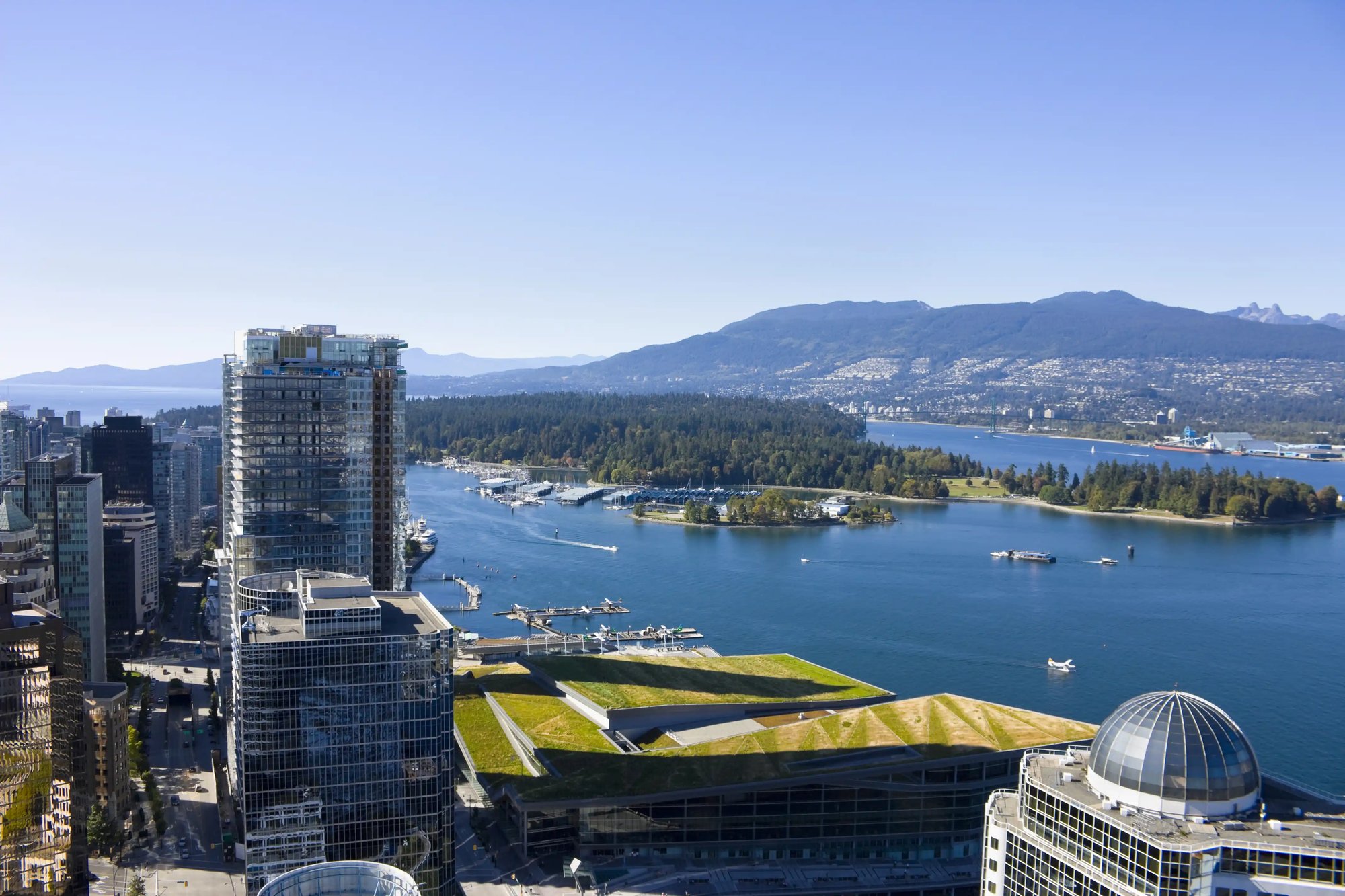
Sustainability
Enerkem's technology shapes the energy transition and circular economy
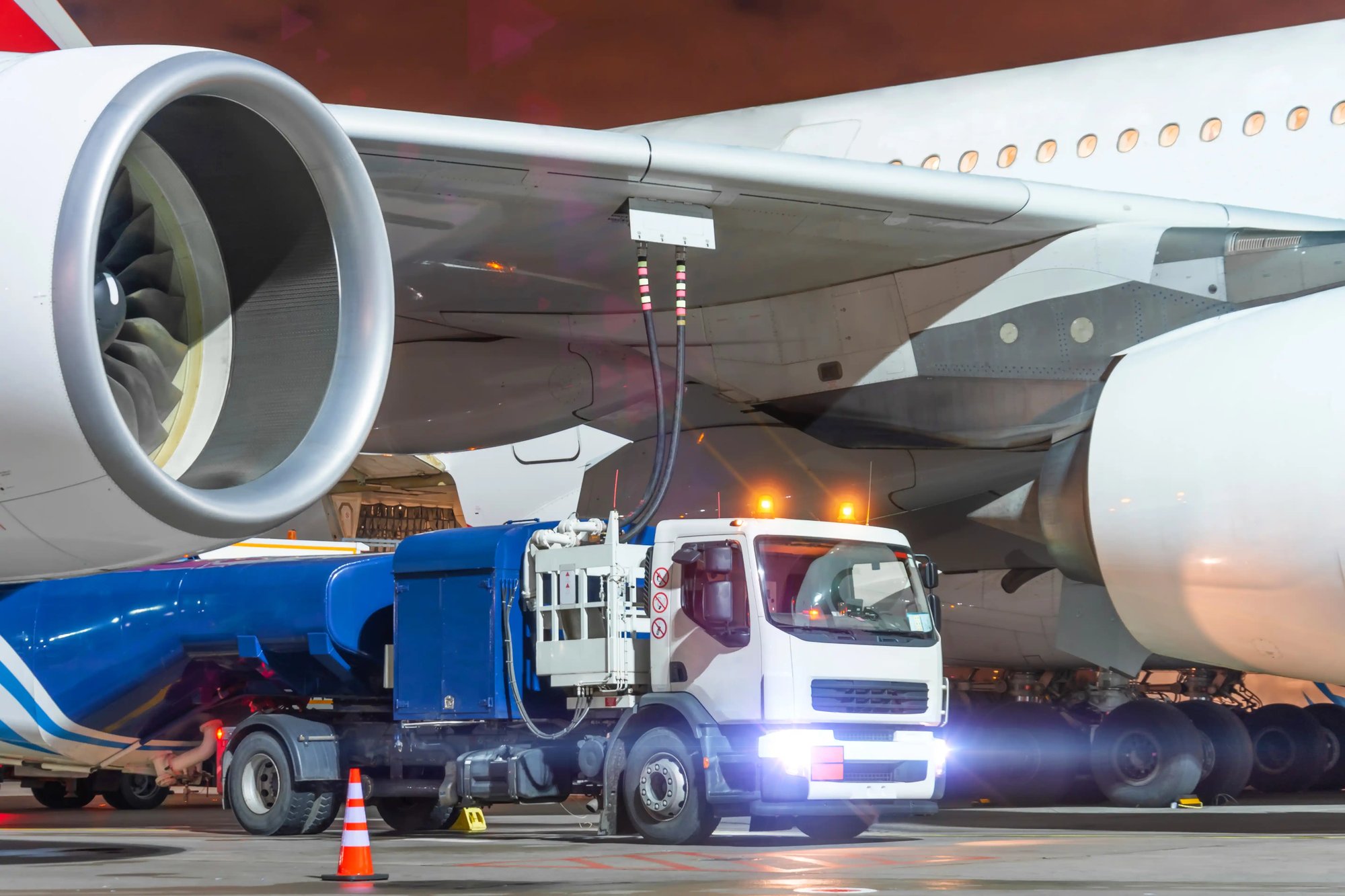
Energy
Transition
Through the efficient conversion of waste and residues into valuable products such as biofuels and chemicals, Enerkem not only tackles waste management and greenhouse gas emission reduction, but it also offers a viable solution for hard-to-abate sectors heavily dependent on traditional fuels.
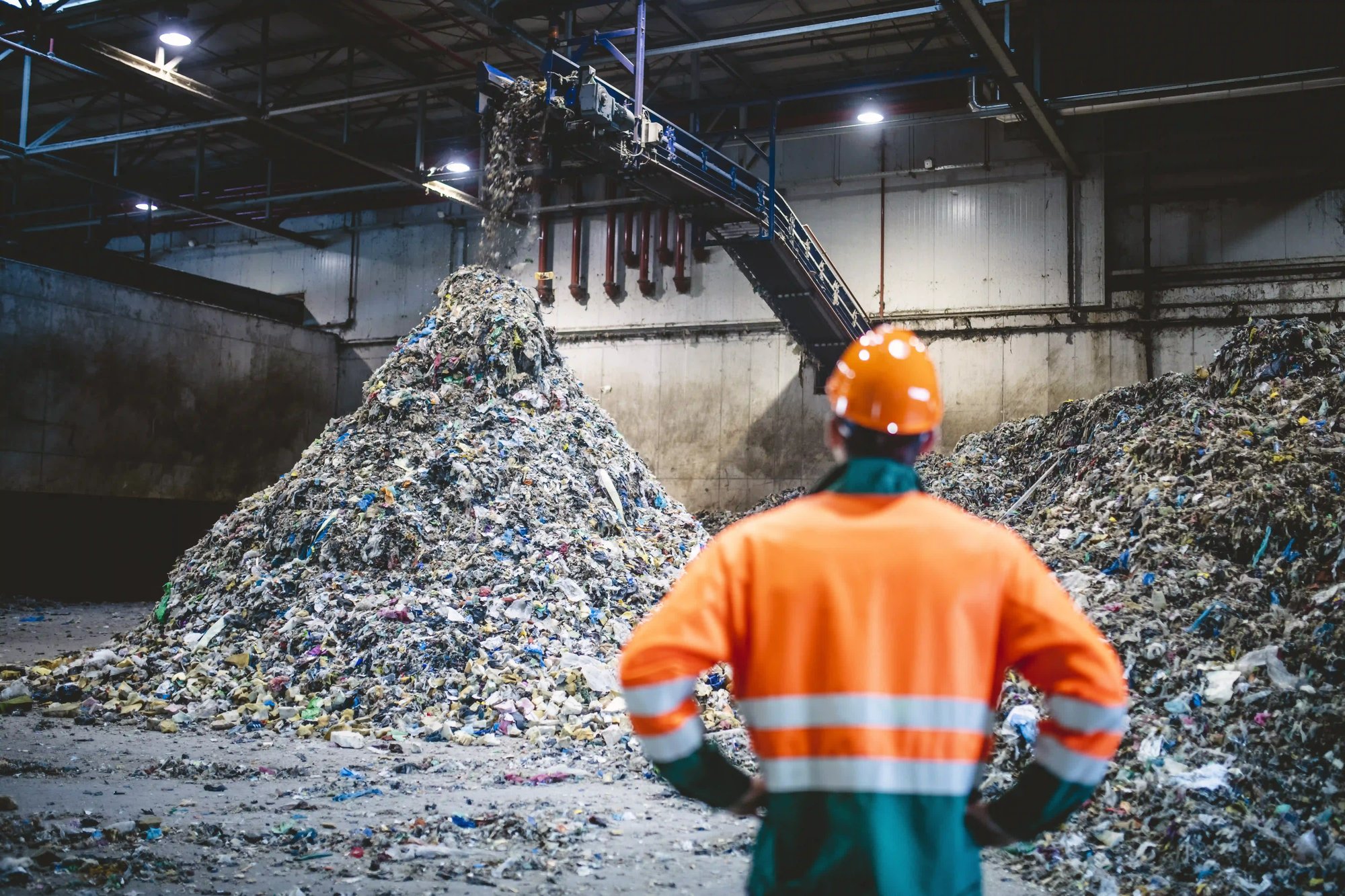
Circular
Economy
Enerkem contributes to the circular economy by giving a second life to abundant resources destined for landfills or incineration.
Our innovative recycling technology boosts global circularity by reducing reliance on virgin fossil resources.
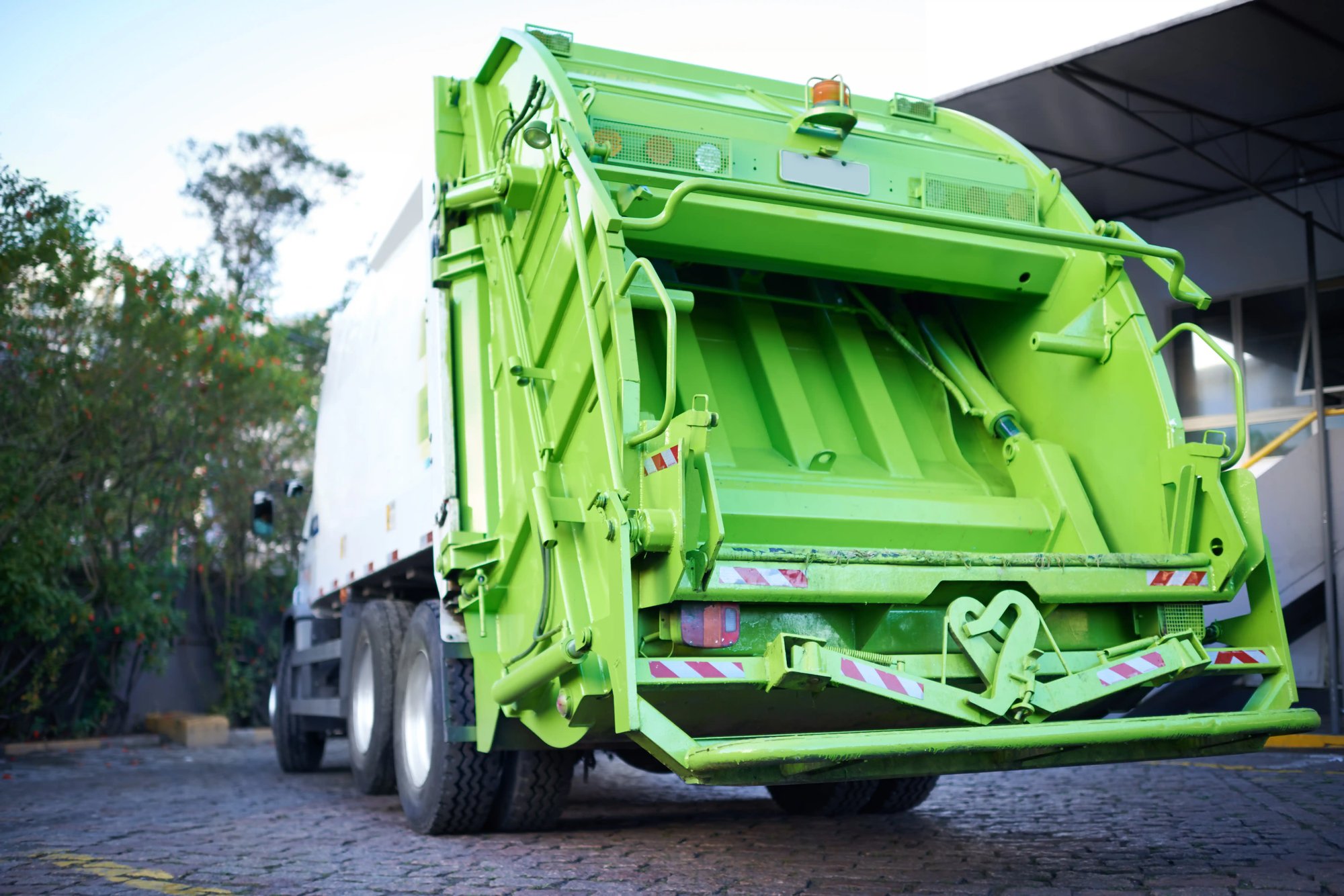
Sustainable
Feedstock
Our feedstock strategy contributes to solving the global waste management problems without competing with food production or putting pressure on land use and water.
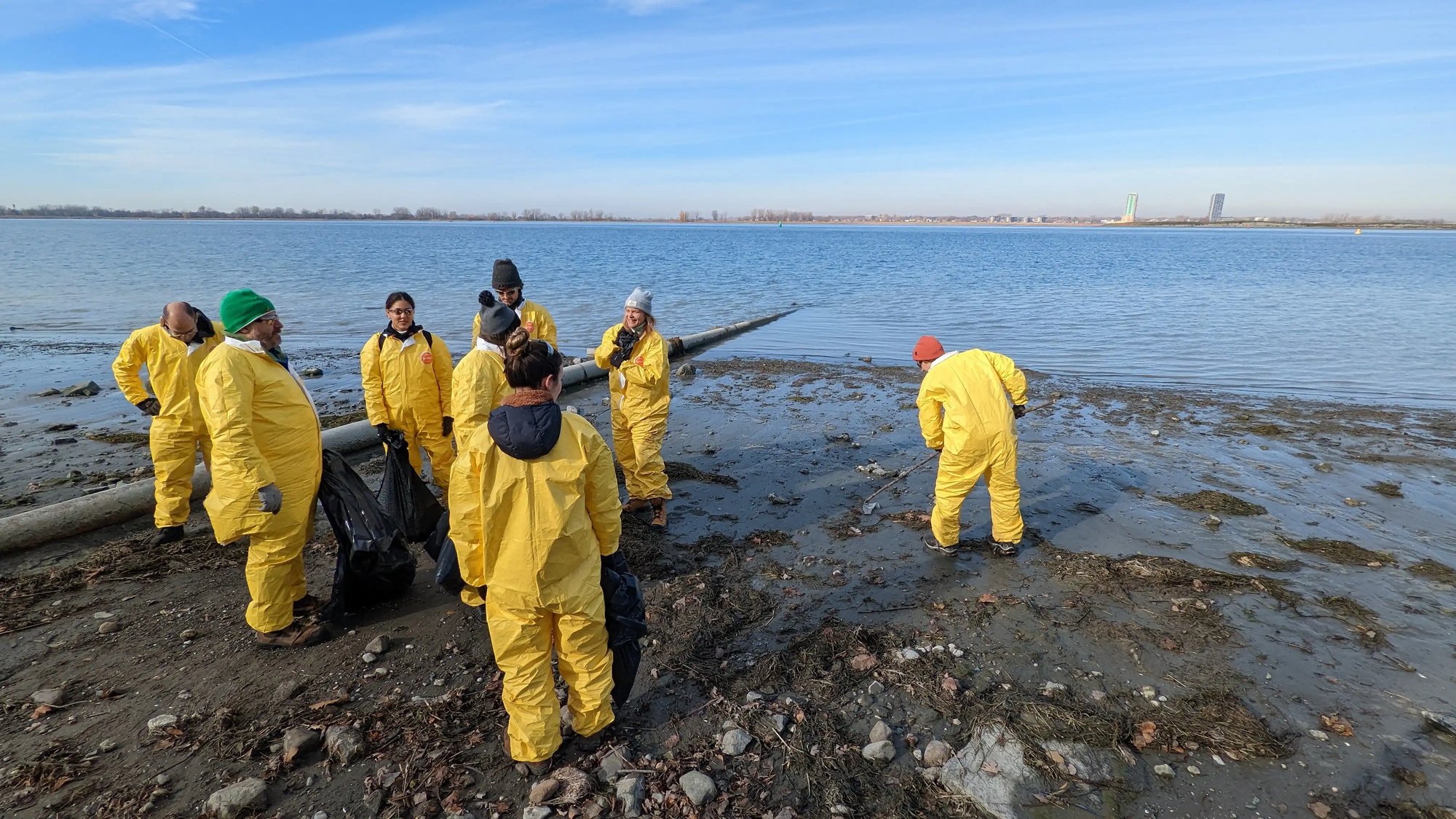
Environmental,
Social &
Governance
(ESG)
ESG principles are integral to Enerkem's mission. This commitment anchors Enerkem's leadership in a sustainable future, aligning business strategies with environmental, social, and governance values for a positive impact.